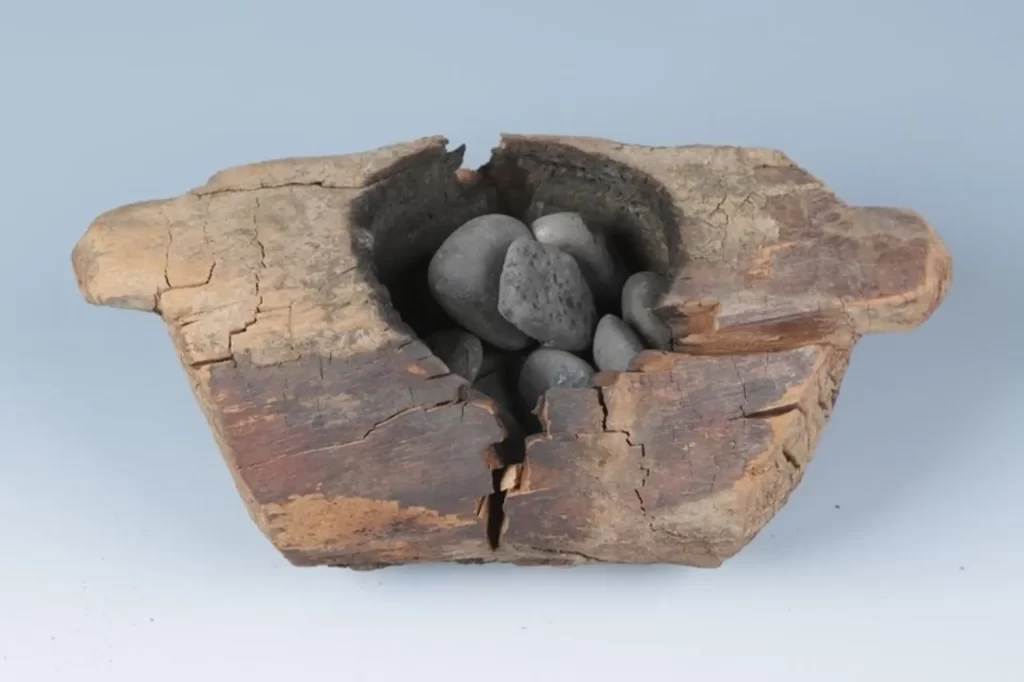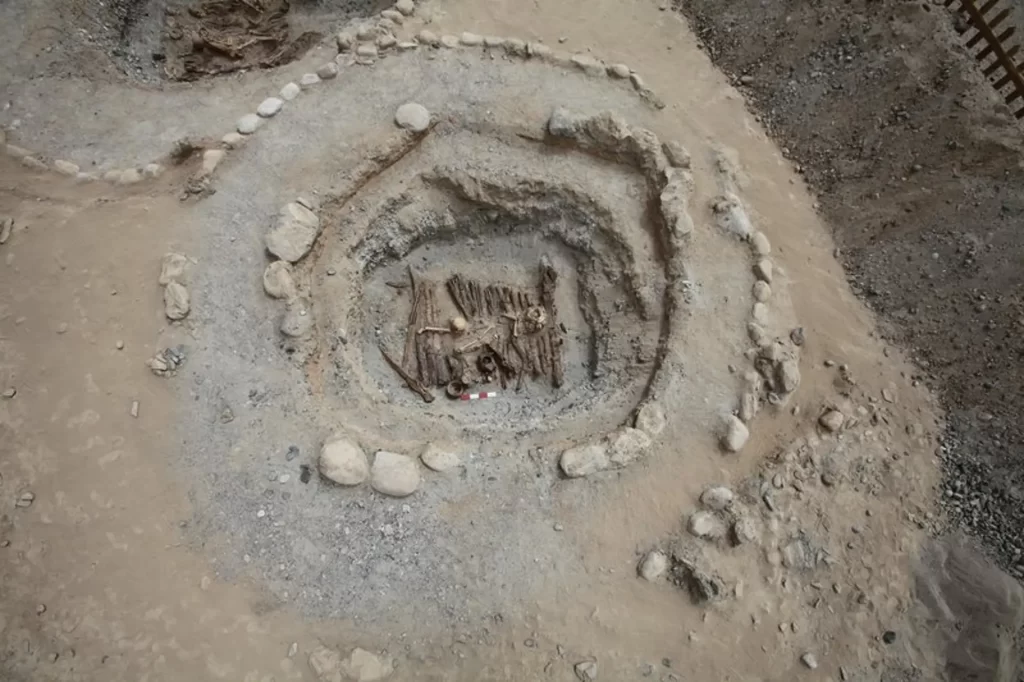
A recent study has discovered ancient funerary incense burners in western China containing cannabis residue with high levels of THC, the primary psychoactive compound in cannabis. The findings provide the earliest archaeological evidence of cannabis being burned for its psychoactive properties, suggesting that humans may have been aware of its consciousness-altering effects much earlier than previously thought.
Archaeological evidence already supports the cultivation of cannabis plants as early as 4000 BCE, primarily for their fibers used in making fabric and rope. However, the exact point at which humans began using cannabis for its psychoactive effects has been unclear. Ancient religious texts, such as the Vedas from India dating back to 2000 BCE, mention cannabis, but there is limited archaeological evidence to confirm its use and how it was employed.
Greek historian Herodotus described the combustion of hemp seeds by the Scythians, a nomadic people from Eurasia, who then bathed in the resulting smoke for its effects. This serves as one of the clearest descriptions of cannabis being burned and inhaled for its psychoactive properties.

In the recent study, an international team of researchers analyzed compounds in ancient wooden burners using gas chromatography-mass spectrometry. The burners were discovered in funerary tombs in the Pamir mountains of Central Asia. The tests revealed high levels of cannabinol (CBN), a compound that is formed when THC oxidizes upon exposure to air, light, or heat.
The presence of primarily CBN in the burners suggests that the cannabis used in the rituals was high in THC. Wild cannabis in the region typically does not contain such high levels of THC, leading researchers to hypothesize that the strain used in the rituals may have been specifically sourced or cultivated for its psychoactive qualities.
The presence of other artifacts in the tombs, such as harp-like musical instruments, indicates that the inhalation of psychoactive cannabis smoke played a role in broader funeral rituals. The researchers suggest that these complex religious practices likely involved flames, rhythmic music, and hallucinogenic smoke to induce an altered state of mind.

The findings align with Herodotus’s description from 2,500 years ago, and the researchers propose that this ancient knowledge of cannabis use may have spread along the Silk Road trade route. Central Asia, where the discoveries were made, served as a cultural nexus along the Silk Road, facilitating the exchange of various traditions and practices.
The study, published in the journal Science Advances.